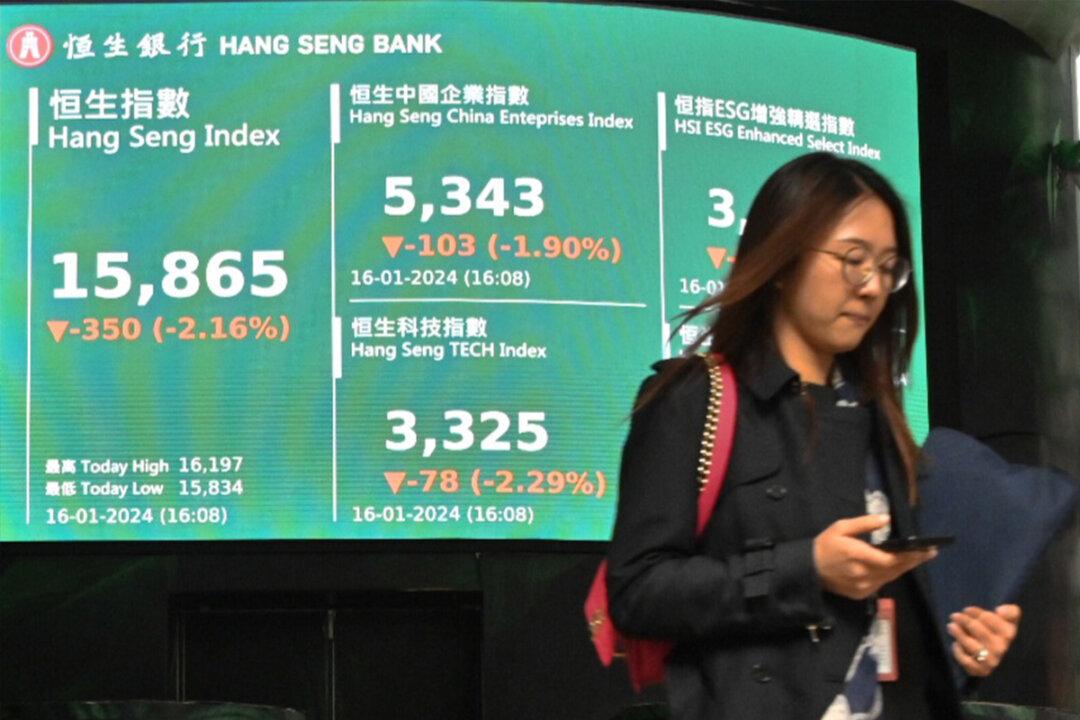The Census and Statistics Department (C&SD) of Hong Kong recently released the latest balance of payments and international investment position statistics. In the second quarter of 2023, a balance of payments deficit of HK$90.5 billion (US$11.5 billion) was recorded, equivalent to 12.8 percent of Hong Kong’s GDP, and reserve assets correspondingly decreased by the same amount, compared with a surplus of HK$3.6 billion (US$462 million) recorded in the first quarter of 2023.
The current account recorded a surplus of HK$47.5 billion (US$ 6.1 billion), equivalent to 6.7 percent of GDP. This reflects that Hong Kong saves more than it invests, allowing it to accumulate external financial assets (such as equity securities or debt securities) as a buffer against global financial volatilities; the figure for the same quarter one year ago was also a surplus of HK$34.7 billion (US$4.5 billion). The increase in the current account surplus was mainly due to the narrowing of the goods trade deficit and the increase in net primary income inflows, while the shrinkage of the services trade surplus offsets part of that increase. The deficit in goods trade narrowed from HK$77.7 billion (US$ 10 billion) in the same period last year to HK$64.8 billion (US$8.3 billion). The trade surplus in services shrank from HK$37.6 billion (US$4.8 billion) to HK$36.2 billion (US$4.6 billion). The inflow and outflow of primary income in the second quarter were HK$585.2 billion (US$75 billion) and HK$505.4 billion (US$64.8 billion), respectively, resulting in a net inflow of HK$79.8 billion (US$10.2 billion).




